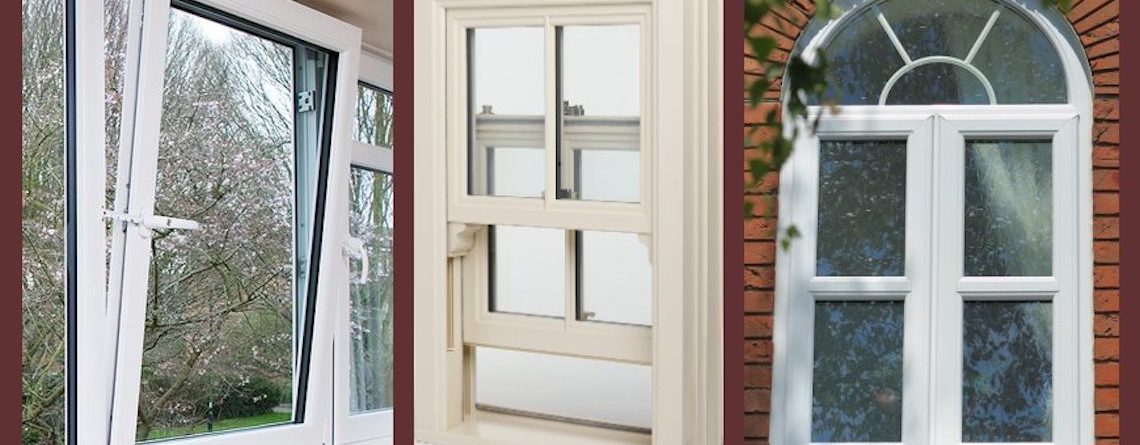A Window in the Door: More than Just a Pane of Glass
At very first glimpse, a window in a door might appear like a simple architectural function. It's just a piece of glass that enables light to filter through or offers a peek of what's on the opposite, right? However when you pause to think of it, this seemingly mundane aspect brings considerable functional, aesthetic, and even symbolic weight. Whether it enhances the doors of your home, office, or preferred café, a window in a door is much more than simply a pane of glass-- it's a bridge in between spaces.
1. Performance: The Practical Role of Door Windows
The addition of a window to a door uses practical benefits that can improve both property and business areas:
Natural Light: One of the primary functions of a window in a door is to enable sunshine to pass through. In front door with window with limited windows or confined areas like corridors or interior offices, this function can brighten the space, decrease the dependence on artificial lighting, and produce a more inviting atmosphere.
Visibility and Safety: A window in a door supplies a clear view for those on either side. This is particularly crucial in commercial and commercial settings, such as restaurants, factories, or schools, where individuals often move through doors. Visibility decreases the threat of accidents (e.g., someone strolling into a door or clashing with somebody on the other side).
Ventilation and Energy Efficiency: When coupled with operable glass or modern-day technologies like double-glazing and low-E glass, door windows can add to much better air blood circulation and energy effectiveness in your home or work space.
Security: While breaking glass might look like an open invite to intruders, modern designs have addressed this concern. Enhanced glass, tempered glass, or designs with narrow panes can make the window resistant to break-in while still serving the purposes of presence and light.
2. Aesthetic Appeal: Enhancing the Visual Identity of a Space
From a design perspective, windows in doors can elevate aesthetic appeal in numerous methods:
Style and Character: The design of the window often matches the architectural ambiance of the property. A home with a rustic or farmhouse appearance may feature a door with frosted or stained glass, while a smooth, contemporary home may display a minimalist door with simple, clean lines.
Customization: Door windows can be found in different shapes and sizes-- round, rectangle-shaped, oval, arched, or custom-made to match your choices. This versatility gives property owners and architects the capability to create doors with creative style and individual touches.
Curb Appeal: The entry door is frequently the focal point of a home's exterior, and a properly designed window within it can turn an otherwise regular door into a bold design declaration. Frosted or etched glass, for circumstances, can convey elegance and beauty.
3. Meaning and Meaning: Beyond the Practical and Aesthetic
On a deeper level, a window in a door carries symbolic meanings that resonate across cultures and contexts:
Openness and Connection: A door with a window fosters a sense of connection in between two discrete areas. Whether it's between a home and its front lawn or a workplace conference space and a corridor, the window can make these spaces feel less separated and more incorporated.
Openness: In workplaces, doors with windows signify openness and accountability. A supervisor's workplace with a glass-panel door, for instance, can indicate approachability, lowering the hierarchical barrier that a strong closed door might produce.
A Threshold of Opportunity: Metaphorically speaking, a door with a window can represent a view into new chances. It provides a sneak peek into what lies ahead-- a fitting image for individual growth and exploration.
4. Modern Trends: Innovations in Door Window Design
Advances in innovation and style are continuously improving how we think of door windows. Here are a couple of patterns to enjoy:
Smart Glass: With the introduction of clever innovation, windows that can change from transparent to opaque with the touch of a button are getting appeal. These modern alternatives use personal privacy on need without sacrificing the benefits of natural light.
Energy Efficiency: Double- and triple-glazed door windows with innovative insulation are becoming standard in energy-conscious homes. These not only keep your energy bills in check but likewise minimize ecological effect.
Ornamental Enhancements: Patterns, etching, and colored glass inserts are becoming more intricate, providing homeowners unlimited possibilities to personalize their doors.

Safety Upgrades: Impact-resistant glass and shatter-proof movies are increasingly being integrated into door windows, especially in areas susceptible to storms or high-security needs.
5. Considerations for Choosing a Door with a Window
Before choosing a door with a built-in window, there are a couple of factors property owners and designers need to keep in mind:
Personal privacy: While a window supplies presence and natural light, it can likewise compromise privacy. Frosted glass or strategically put window designs can reduce this concern.
Maintenance: Glass in doors will collect finger prints, dirt, and smudges, specifically in high-traffic areas. Choosing products that are easy to clean or have protective finishings can save time.
Combination with the Environment: Choose a door window design that matches the surroundings. A door in a quiet, residential community may focus on aesthetics, while one in an industrial building might stress toughness and safety.
Conclusion: A Small Feature with Significant Impact
As easy as it may appear, a window in a door is a function that mixes functionality with beauty, security with style, and connection with individuality. It's a suggestion that the smallest details in architecture can have the power to transform not only our areas however also the way we engage with them.
Whether you're peering through a glass panel to welcome a visitor or letting natural light filter into your home, a window in a door is far more than a style element-- it's a method to open ourselves to the world, one pane of glass at a time.
